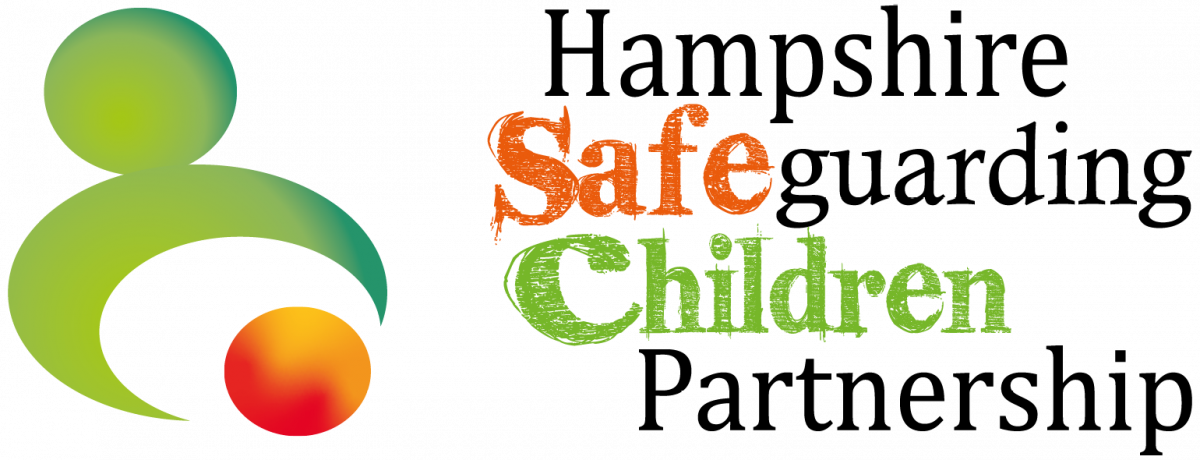What is child sexual abuse
When a child or young person is sexually abused, they’re forced, tricked or manipulated into sexual activities. They might not understand that what’s happening is abuse or that it’s wrong for the abuser to do this to them. They might be afraid to tell someone or behave as though this is normal for them to experience, this is not unusual. Sexual abuse can happen anywhere – and it can happen in person or online.
It’s never a child’s fault they were sexually abused – it’s important to make sure children know this.
Types of sexual abuse
There are two types of sexual abuse – contact and non-contact abuse. And sexual abuse can happen in person or online.
Contact abuse is where an abuser makes physical contact with a child or forces the child to make physical contact with someone else. This includes:
- sexual touching of any part of a child’s body, whether they’re clothed or not
- using a body part or object to rape or penetrate a child
- forcing a child to take part in sexual activities
- making a child undress or touch someone else.
Contact abuse can include touching, kissing and oral sex – sexual abuse isn’t just penetrative.
Non contact abuse can include;
- exposing or flashing
- showing pornography
- exposing a child to sexual acts
- making them masturbate
- forcing a child to make, view or share child abuse images or videos
- making, viewing or distributing child abuse images or videos
- forcing a child to take part in sexual activities or conversations online or through a smartphone.
Who is at risk?
Any child is at risk of being sexual abused. It’s important to remember that both boys and girls can be sexually abused.
Most children who’ve been sexual abused are abused by someone they know. This could be a family member, a friend of the family or someone who knows the child through their school or club.
Children who are sexually abused online could be abused by someone they know. They could also be abused by someone who commits a one-off sexually abusive act or a stranger who builds a relationship with them.
Some children are more at risk of sexual abuse. Children with disabilities are more likely to be sexually abused, especially those who are unable to tell someone what’s happening or don’t understand what’s happening to them is abuse.
Some abusers target children who may be isolated. For example, a child may be in care or they may already be neglected by their parents or carers. Other abusers target families or children who have no obvious vulnerabilities.
It’s important to remember that it is never the child’s fault.
You can find out more about child sexual abuse on the NSPCC’s website.
